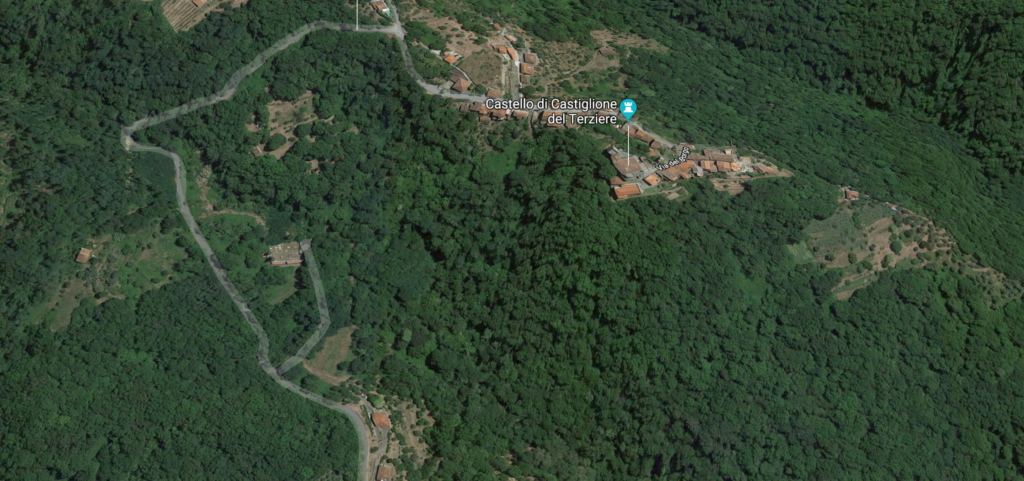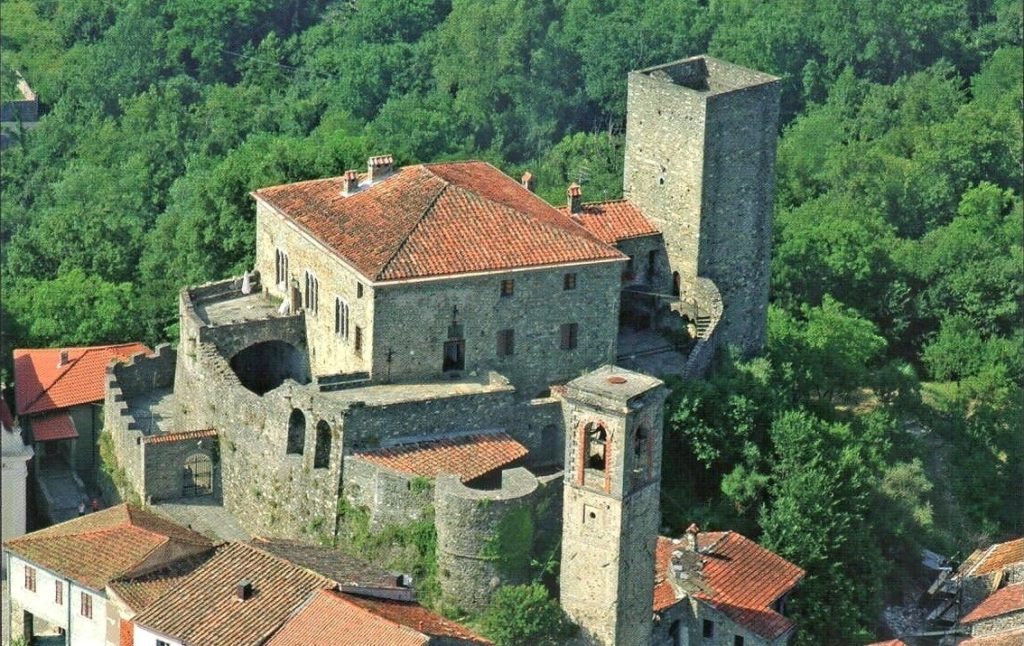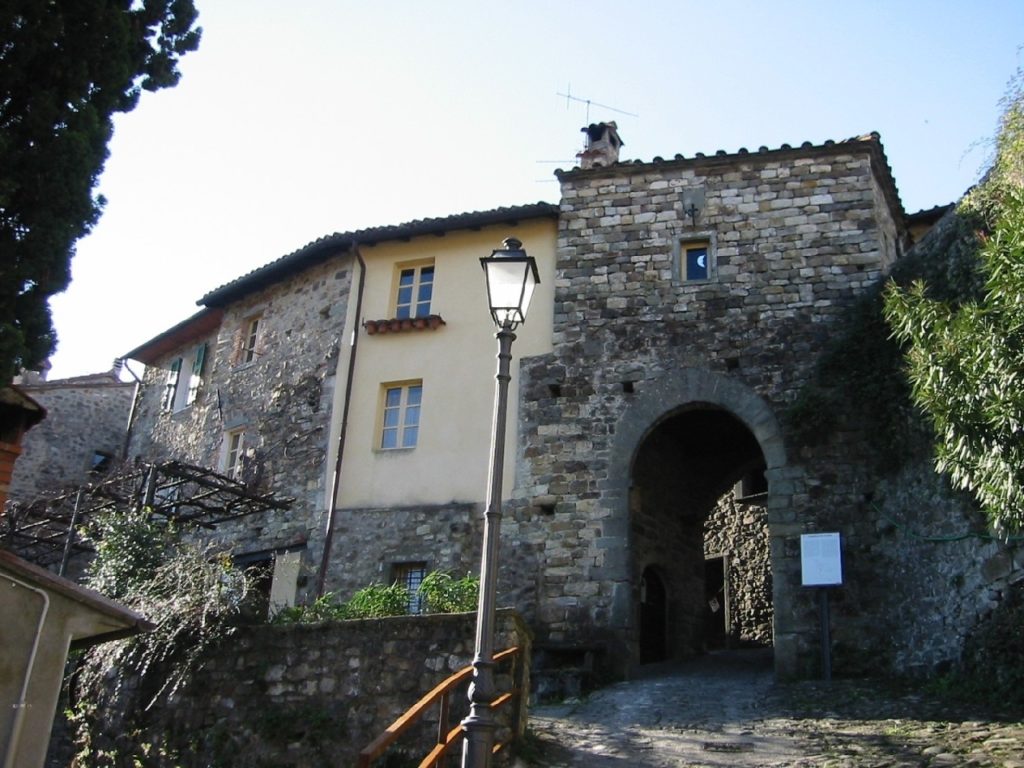The History of the castle
Castiglione [since 1275 called “del Terziere” because it was included in the third part of the paternal inheritance assigned to the Marquis Alberto Malaspina of the branch of Filattiera] rises on a high hill along the river Bagnone.

The appearance of the village, dominated by the castle, dates back to the Middle Ages. In fact, from the 10th to the 12th century, Castiglione was a fief of the Corbellari family [lords of the nearby castle of Virgoletta] who sold it to the Malaspina family in 1202. Under the rule of the Malaspina family the castle was enlarged and strengthened, becoming an independent fief in 1350. At that time Franceschino Malaspina rebuilt the residential wing on the upper hill, incorporating the keep and the large circular tower in an unique architectural complex.

Its period of maximum importance and development coincides however with the dominion of Castruccio Castracani degli Alteminelli, commander in chief and lord of Lucca, who made Castiglione one of its strongholds pursuing the dream of uniting Lunigiana, Garfagnana, Lucchesia and Versilia in one state. This plan was never successful and the castle returned to a certain importance only from 1451, when it became the headquarters of the Florentine Captaincy of Justice for Lunigiana, thanks to its ideal position to control important mountain roads of communication. The castle was also the main strategic garrison along two branches of the Via Francigena, the first coming from Lucca and the other from the mountains through the ‘Passo di Tea’, which here had its crossroads. During the three centuries of Florentine control, the castle was progressively adapted to its new function as a residence for magistrates and employees of the Florentine Signoria.
According to archival documents, at the time of Corbellari’s rule a wall circuit already enclosed the housing units of the village, but it was with the Malaspina that Castiglione became an independent fief and acquired its final appearance, developing along the main roads leading to the keep. In the mid-1300s the entire settlement was surrounded by a second wall and had two gates, the one called ‘Alla Colla’ to the north-east and the other ‘In Cima Piagna’ near the top of the ridge. Under the Florentine lordship there were also some rearrangements in the design of the village: the main street was embellished with Renaissance-style palaces, the Chancellery’s headquarters and a new gate called ‘Monumentale’, built at the intersection of the two main road axes.

The partial abandonment and subsequent negligence of the castle date back to the second half of the eighteenth century, when the representative of the Florentine government, the Captain of Justice, was transferred to Bagnone. Also the construction of the new church dates back to this period, as the older one was no longer usable because of its deteriorated state.
After a long period of neglect, since 1969 the castle belonged to Loris Jacopo Bononi, who continued its restoration until 1973: following his passionate cultural activity, today it houses the ‘Centro di Studi Umanistici Niccolò V’ with a rich historical library.
Sources:
